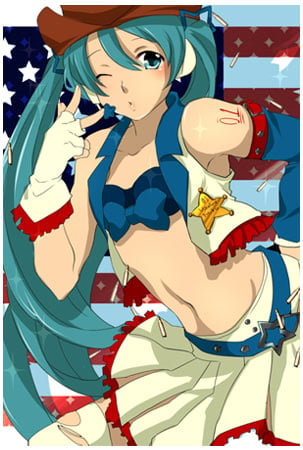Kanji is the primary writing system used in China, Hong Kong, Taiwan and Japan. In the case of Japanese, kanji characters are used to express higher meaning while hiragana is used for grammatical particles, past tense endings and so on. (In theory, all Japanese could be written using only hiragana, but it’d be very hard to read as there’d be no “chunks” of meaning for the eye to catch easily.) While kanji can look like meaningless squiggles at first, in reality it’s a highly structured system with more than 3000 years of history. Most kanji start out as a stylized picture of an object, with abstract layers added to express more complex ideas. Above you can see yama “mountain,” one of the most elementary characters there are, and touge, a mountain pass or ridge, which incorporates the character for mountain plus “up” and “down.” Characters for cliff, valley, to climb etc. also incorporate the mountain kanji, so everything is grouped together logically. Then there’s iu, to say, which looks like a bunch of books on a table, and the character for “to read” (yomu) incorporates this on its left side, as do related words like language, theory and to translate. Sadly I fear for the future of kanji use in Japan. The rise of computers and cell phones causes Japanese people to start to lose the ability to write kanji as soon as they graduate from university, since almost no one hand-writes kanji characters like they used to. (Incidentally, if you’re interested in kanji, we’ve got dozens of Japanese study products in site for you.)
















